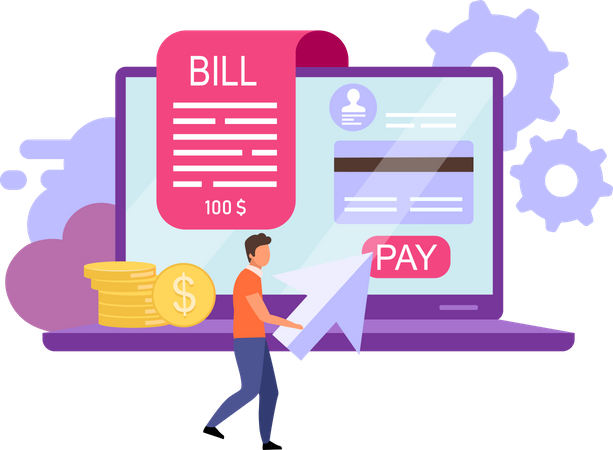E-Invoice:
E-Invoice: Streamlining Financial Transactions with Digital Efficiency
E-invoicing revolutionizes traditional invoicing processes by digitizing the entire invoicing lifecycle, from creation to payment. By leveraging electronic formats and standardized protocols, e-invoicing eliminates manual intervention, reduces errors, and accelerates invoice processing times. This digital approach enables seamless integration with accounting systems, ERPs, and other financial platforms, facilitating real-time data exchange and automation of payment workflows.
E-invoicing also enhances transparency and compliance by providing auditable trails and ensuring adherence to regulatory requirements.


E-Invoice
Implementation Considerations and Benefits of E-Invoice Adoption
Successful implementation of e-invoicing requires careful consideration of technical requirements, regulatory frameworks, and stakeholder engagement. Organizations must assess their existing invoicing processes, IT infrastructure, and integration capabilities to determine readiness for e-invoice adoption. Collaboration with trading partners, suppliers, and regulatory authorities is essential to establish interoperable systems and ensure compliance with e-invoicing standards and mandates. Beyond regulatory compliance, e-invoicing offers numerous benefits, including faster invoice processing cycles, reduced processing costs, and improved accuracy.

